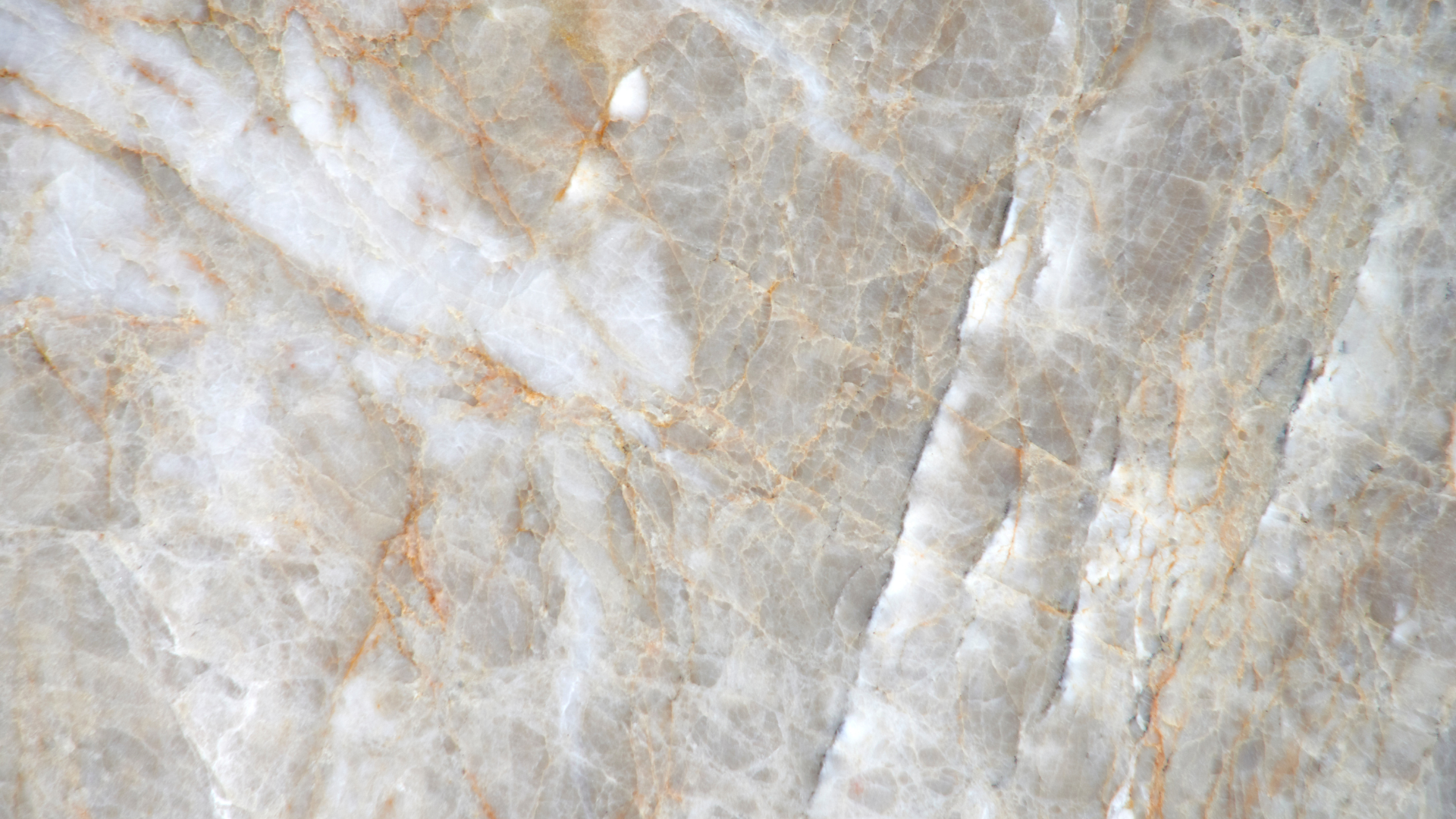-
Quartz and quartziteDIFFERENCES
Since time immemorial, natural stones have been used to build, and especially to enhance, different types of environments, from public ones–such as temples–to private ones such as one’s home. With the passage of time, man has understood the specificities and peculiarities of each material, choosing the most suitable one depending on the desired function.
Here is where quartz and quartzite appear among these materials.
There is often confusion between these two natural stones, but in reality there are many differences between them. There are mainly two points of conjunction between the two materials: both are used in the same field and both consist of a very high percentage of quartz.
In this article we will go into the characteristics, colors and differences between these two beautiful natural stones.
Quartz: characteristics and types
Quartz is the second most widespread mineral in the world-occupying about 12 percent of the Earth’s entire crust-and is characterized by its ability to polarize, generating a potential difference when subjected to mechanical deformation, but at the same time it deforms elastically when subjected to an electrical voltage.
It originates mainly within acidic intrusive magmatic rocks-also known as sialic rocks-but it can also be found in abundance in sedimentary rocks. Its hardness is 7 on the Mohs scale.
As the second most common mineral in the world, it can be found in nature in numerous varieties, which differ in mineralogical characteristics. In addition, quartz has different colors and shades of colors.
Here are some examples of quartz types:
- rock crystal;
- rose quartz;
- amethyst;
- citrine quartz;
- amethrine;
- chalcedony;
- agate.
Quartz and home decor: between beauty and well-being
Thanks to its many properties, quartz is a stone that can be used in numerous areas, from home decoration to crystal therapy, from making jewelry and watches to making paintings.
The reason that quartz is a particularly popular decorating element is that each individual type of this natural stone has specific properties that can restore important benefits to the body, spirit, and mind.
There is now ample evidence that the atmosphere of a place can have effects on people’s mental and physical well-being. And here different types of quartz have the ability to significantly influence the energy present in an environment, creating health, well-being and harmony.
Quartzite: characteristics and types
Quartzite is an unfoliated metamorphic rock, mainly consisting of quartz. It is a material with a very ancient history, formed over millions of years.
Stressed by the glowing magma underlying the Earth’s crust, plates collide with each other, fold and create mountains that bury the sandstone. Under the effect of intense heat and pressure, the sand grains of which the sandstone is made melt and crystallize, joining with silica cement and giving rise to quartzite, a rock of great durability and strength.
Since it is a natural stone, quartzite lends itself to various types of finishes and a variety of processes: striped, brushed, flamed, polished, honed.
Quartzite is an extremely easy material to clean and maintain. It also has low absorption, so it is recommended for all rooms in the home. Finally, being particularly resistant to impact, quartzite is perfect for any space.
Want to learn more? Discover our materioteca.

